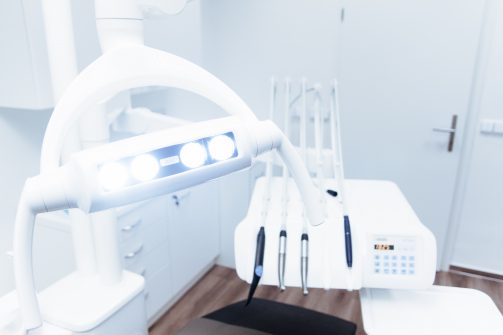Many postmenopausal women have problems with a range of nagging ailments, which range from vaginal dryness and atrophy to moderate urinary incontinence and pain with sexual intercourse. Experts refer to the group of symptoms since genitourinary syndrome of melancholy (GSM), which could lead to general distress and a loss of sexual intimacy, says one of the leading instructors in obstetrics, gynecology, and reproductive biology at Harvard Medical School. You do not need to starve yourself to live the remainder of your life in a country of perpetual distress, he states. Now there are numerous choices — such as laser therapies like those used to moisturize the skin around the body and face — which can help.
A laser, in which?
Let us be fair: the idea of obtaining a low level laser therapy or high level laser therapy on the very sensitive and romantic part of the body may make you reflexively cross your legs. However, the outcomes of the three-minute therapy, which many girls report causes only moderate pain and distress (some say it seems like the snap of a rubber band), which makes the process worthwhile for a lot of women. The laser therapy triggers the body’s own healing
 mechanism by building a set of small holes at the veins, and then stimulate the body to grow new tissue to cure these
mechanism by building a set of small holes at the veins, and then stimulate the body to grow new tissue to cure these
very small wounds. The treatment is meant to boost hydration levels and elasticity. Additionally, it may raise the
blood flow to the region, which may help restore lost sensation.
Statistics demonstrate that girls experience 70% to 80% increase in vaginal dryness which lasts 12 to 18 weeks
following a series of three daily laser treatments. The statistics also reveal 60% to 70% increase in urinary symptoms, such as urgency, frequency, and stress incontinence (leakage of urine which normally takes place when a girl coughs or sneezes). Girls also have noticed improvements in orgasmic function. That outcome could be due only to enhanced vaginal lubrication, resulting in more spontaneity in sexual activity.
Promoting fresh tissue expansion
Lasers are an increasingly common choice to take care of any vaginal disease, mainly since the prior therapy of option — topical estrogen cream — is falling from favor. Many women wrongly fear that using topical hormones may increase their risk of developing breast cancer and stroke. The Women’s Health Initiative study, a 15-year study initiative that launched in 1991, reported that a threefold gain in the risk of breaststroke and cancer among women who took oral estrogen. Lots of women assumed the identical danger implemented to topically applied vaginal estrogen, which isn’t the situation. A leading instructor said that we do our very best to advise patients who vaginal estrogen leads to minimal absorption in the bloodstream in comparison with oral estrogen, but the notion is still there. Estrogen creams may also be cluttered — and costly because many insurance programs do not fully cover the expense of this drug.
Recognizing the technology
The very first laser analyzed to treat vaginal symptoms proved to be a carbon dioxide (CO2) laser. Many early adopters of energy-based technology still utilize this kind of laser, which is extremely helpful in treating vaginal dryness and atrophy. However, the CO2 lasers available on the market these days have a few constraints. The hottest CO2 laser now used for vaginal therapy may only penetrate 200 microns beneath the surface of the epidermis. This is basically the depth of two sheets of newspaper, not profound enough to achieve tissue farther under the surface, and that retains more nerves and blood vessels,” he says.
A new kind of laser that doctors in Beth Israel Deaconess Medical Center utilizes is a laser which utilizes two distinct forms of laser beams to take care of both shallow and deeper layers of skin in precisely the exact same moment. One of the doctors stated that his clinic picked this laser as it is more flexible and modifiable dependent on the individual’s needs. “Together with the hybrid, we could choose how heavy those holes should proceed. We are not confined to 200 microns; it may reach the deeper layers to goal nerve endings and blood vessels,” he states.
Though the primary reason for utilizing the laser would be to treat vaginal dryness and atrophy, the clinics leading instructor states that the hybrid laser’s ability to target deeper layers gives physicians the ability to change the treatment to aid with sinus symptoms, such as frequency, urgency, moderate laxity (looseness), along with moderate stress incontinence.
The laser can also be paired with an internal, or external attachment, enabling doctors to deal with external vaginal tissues along with regions within the anus.
Is laser acceptable for premenopausal women?
Younger girls, including those that aren’t done having kids or have just finished with children, might also be good candidates for laser treatment processes. These girls are often not prepared for a surgical option to problems like urinary incontinence, so they’ve limited choices. These may be girls who detect leaking when they cough or exercise (although not too excessive that they use a pad daily ), that have not seen improvement from Kegel exercises. The truth is that laser treatment is not as invasive makes this therapy an appealing solution for these girls.Younger women may also frequently benefit from laser treatments to tackle an assortment of external genital problems, in addition to types of inner vaginal laxity treatments (looseness).
